Prompted by some traffic on an Instagram post, I got to thinking about…long glass.
For some, it’s a no fly zone. Going north of the wall. The “It” that lives in the sewer. Riding the Shai-Hulud. Whatever, I digress already.
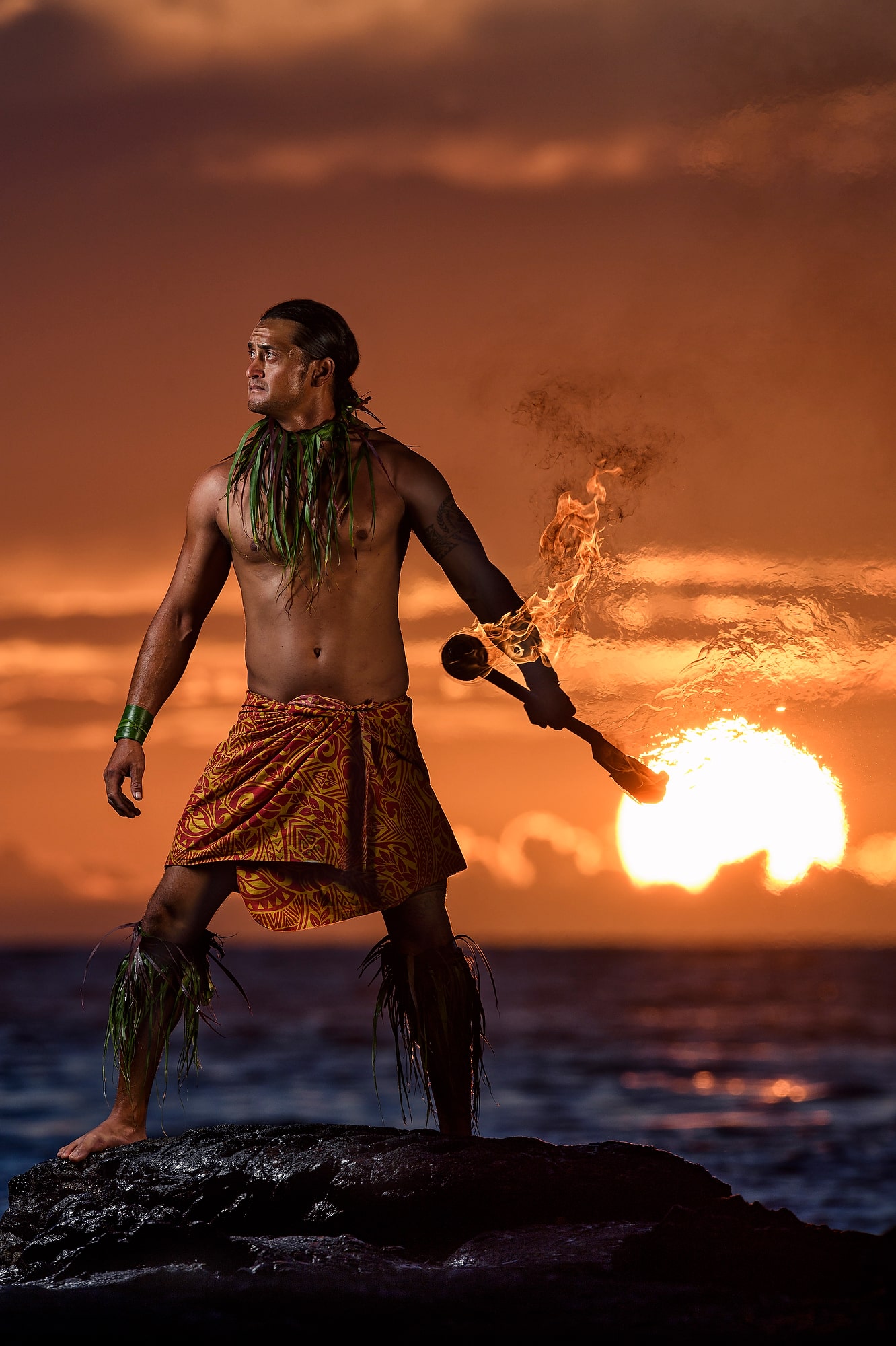
The avoidance is understandable. Telephotos, especially long ones, are historically heavy, bulky, and often requiring the trundling along of a tripod. They are anathema for instance, to the street photographer, who has to remain light and fast and live as seamlessly as possible in the rhythm of whatever life is being observed, always seeking context. It is not generally an applicable tool in the studio, either. Nor is it a super necessary thing to tote along for a wedding coverage.

I am generalizing here, there are always exceptions. After all, this is photography, and just when you think you’ve got your working kit dialed in and systematized, and you have that eureka moment of, “This is all I need!” you find yourself peering across the valley as the setting sun lights up dust trails from wild ponies running free. Or the police put you behind a barricade three blocks from the perp walk. And you start thinking about that 400. Or, in the case of the Chrysler Building below, an 800mm.
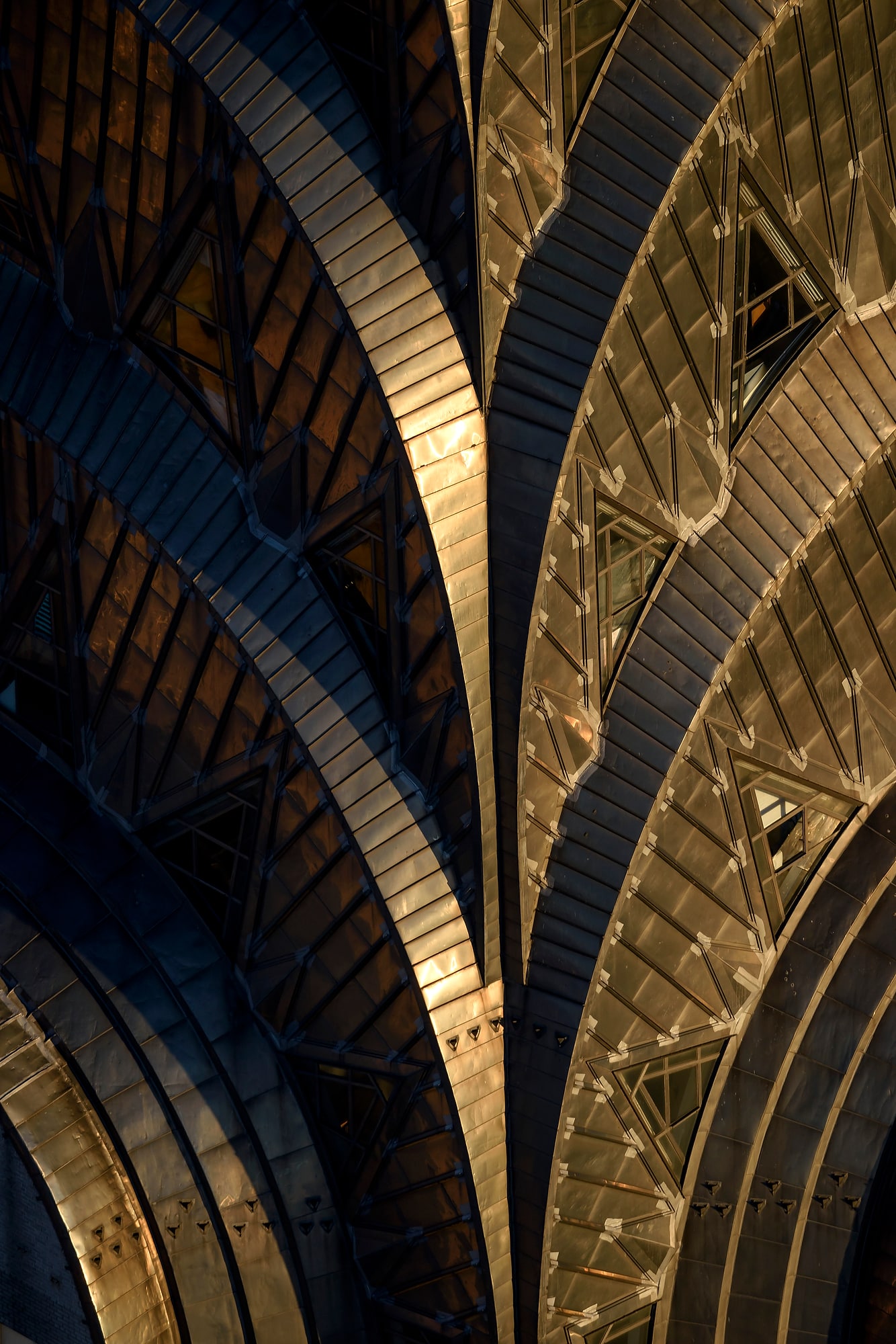
It’s a chore, long glass. But often what you lose in context, you make up for with impact. Sheer graphic impact. I grew up photographically in the era where using long glass and being able to follow focus was a huge separator. Masterful photogs such as Walter Iooss, Bill Frakes, and Heinz Kluetmeier had manual focus radar to overcome the limitations of clunky tools as the glass was not sleek and fast as it is now. Internal focusing lenses were just a developing species. It took work, and practice. (And trust me, much as I practiced, you still wanted Heinz on the sidelines, not me.)
But long glass allows you to be a surgeon with a lens, cutting out graphical bits and pieces of a scene. I have shot thousands and thousands of frames of the Statue of Liberty. The below is my favorite look at her. Nikon D750 with an 800mm lens.

The long lens, as cumbersome as it is physically, does allow you to be more articulate in the field, pending the situation. For instance, the banner pic above was shot with the Nikkor 200-500mm, all the way out at 500mil.
Below, in a different quality of light, same morning, was shot with that lens at 340mm.
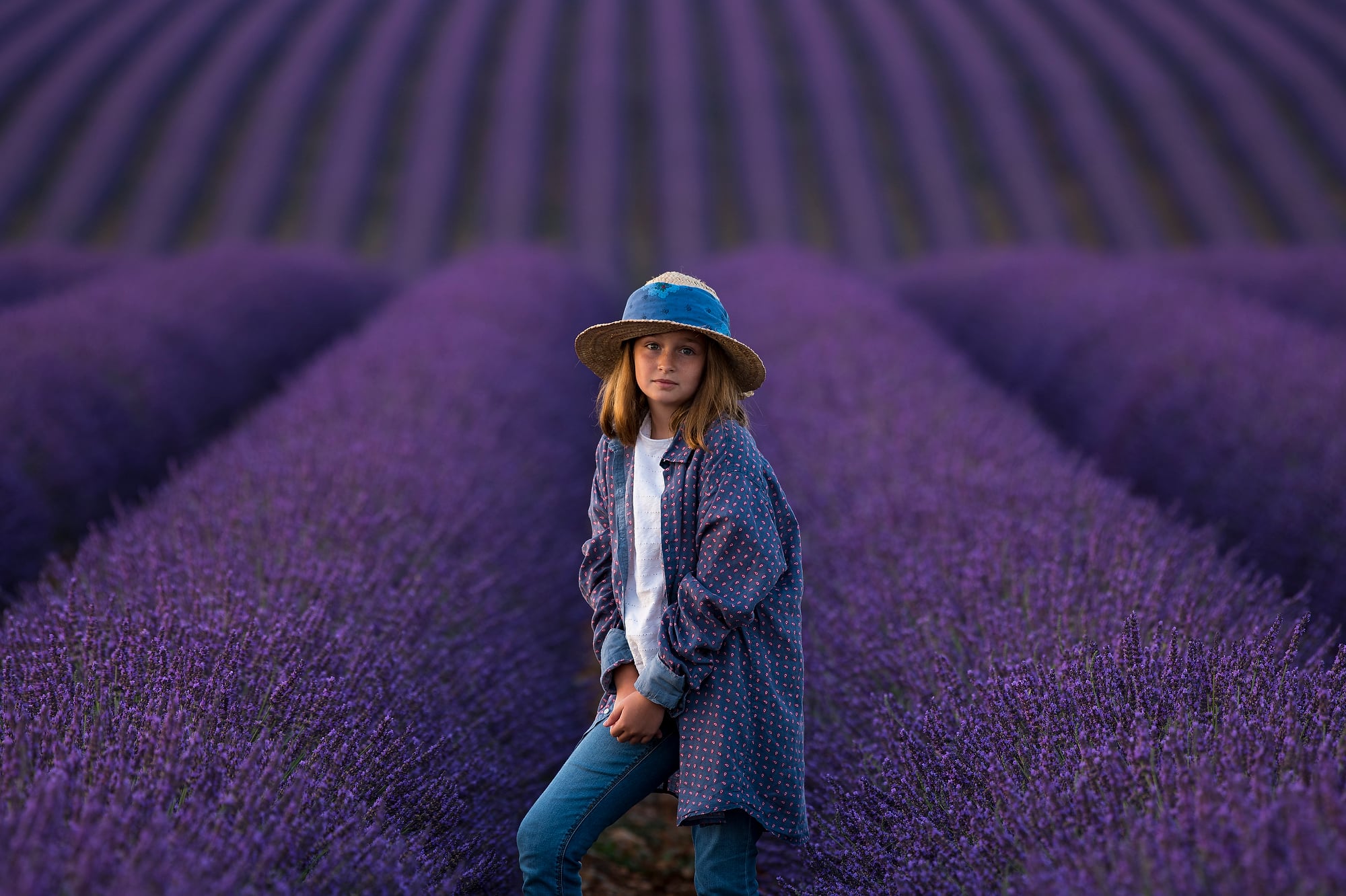
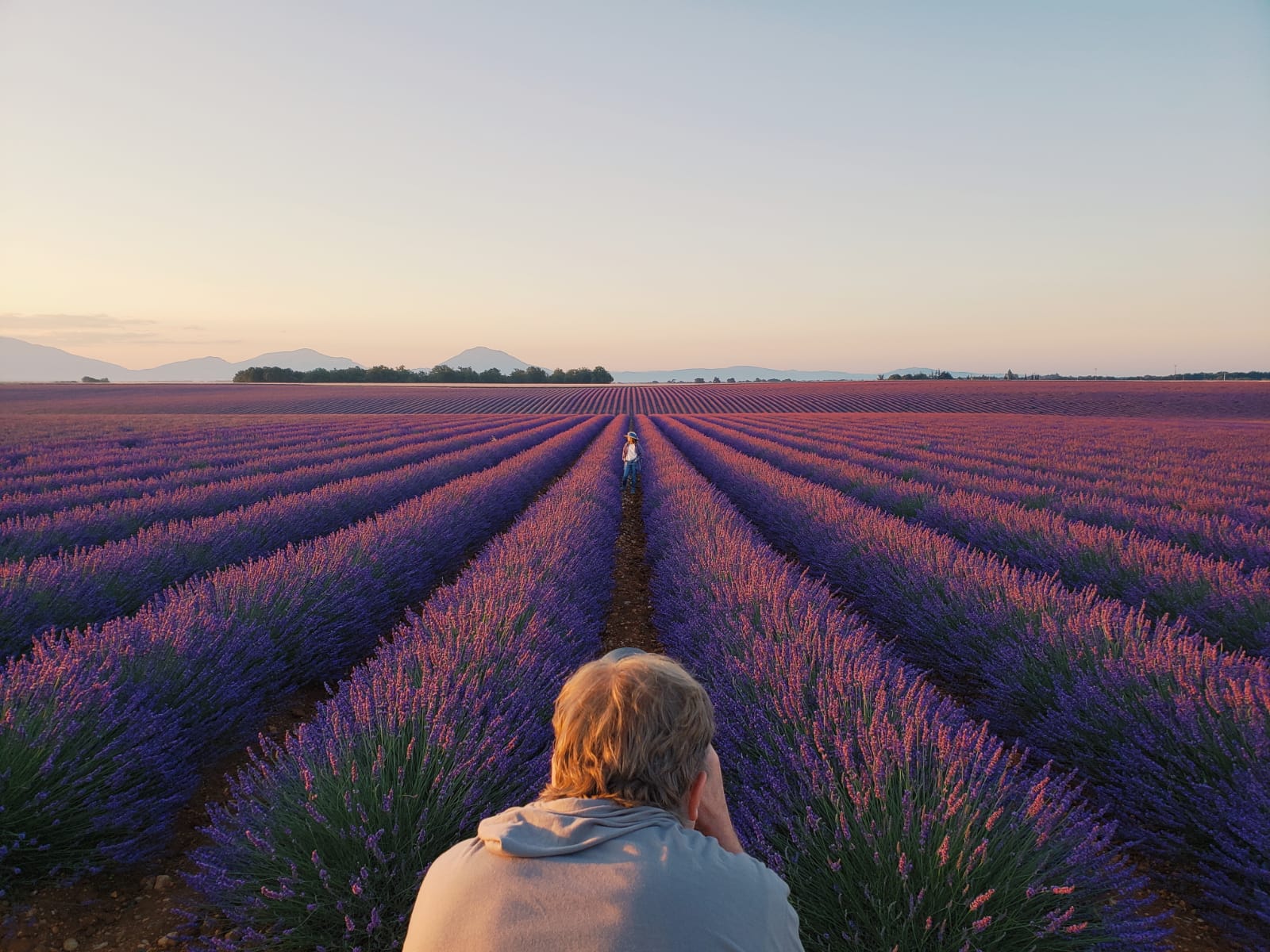
Again, different light, a Nikkor 300mm vertically for the portrait below.

And, given the fact of that lens being able to focus close, a detail.
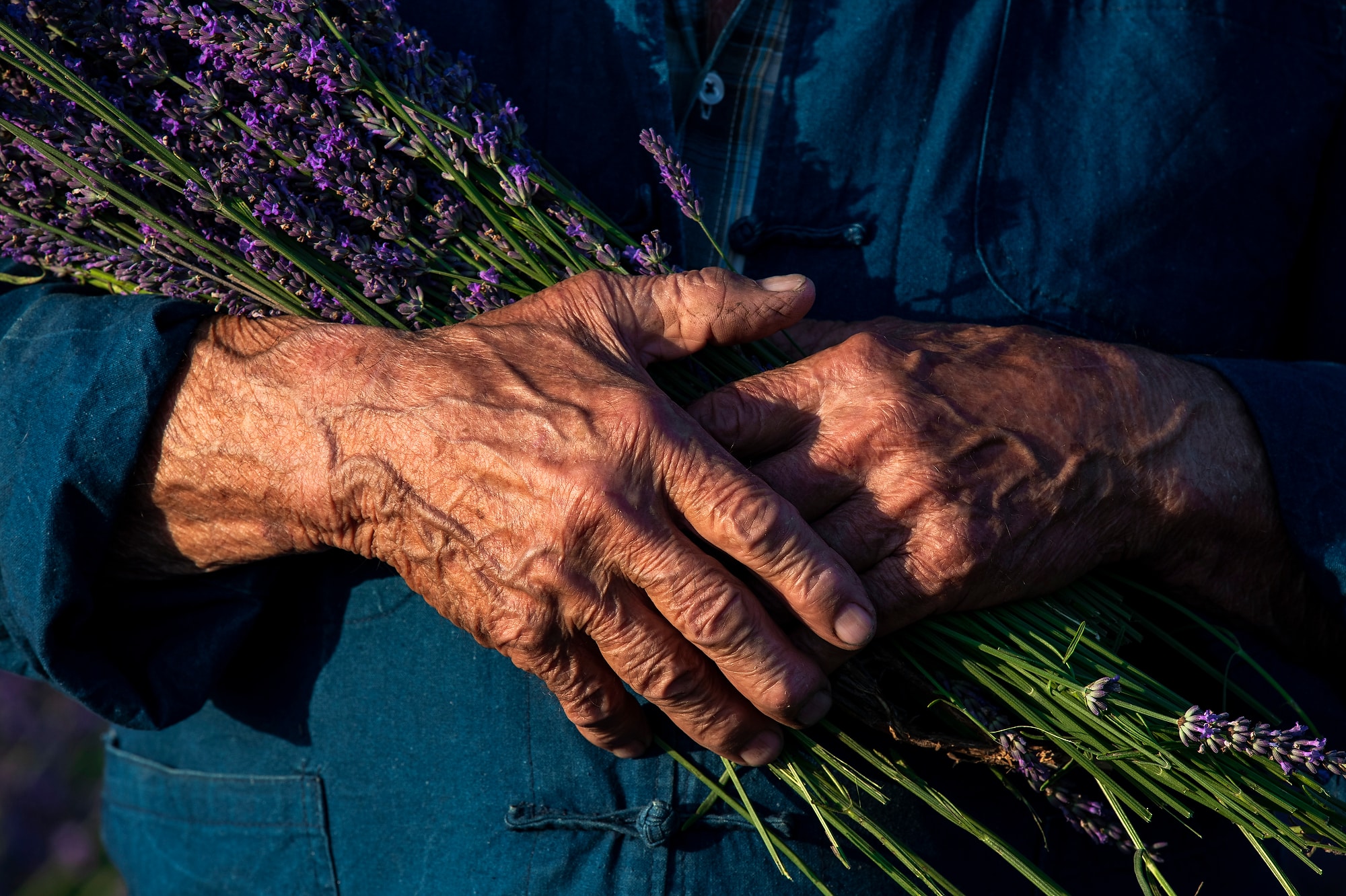
I’ve drug long glass with me even at times when it was not overwhelmingly practical. Below is a 600 from the open door of a Huey. Pax River NAS, when the V-22 Osprey was in test rotation. It was an old school six, and it was a lot to manage from that oscillating platform.
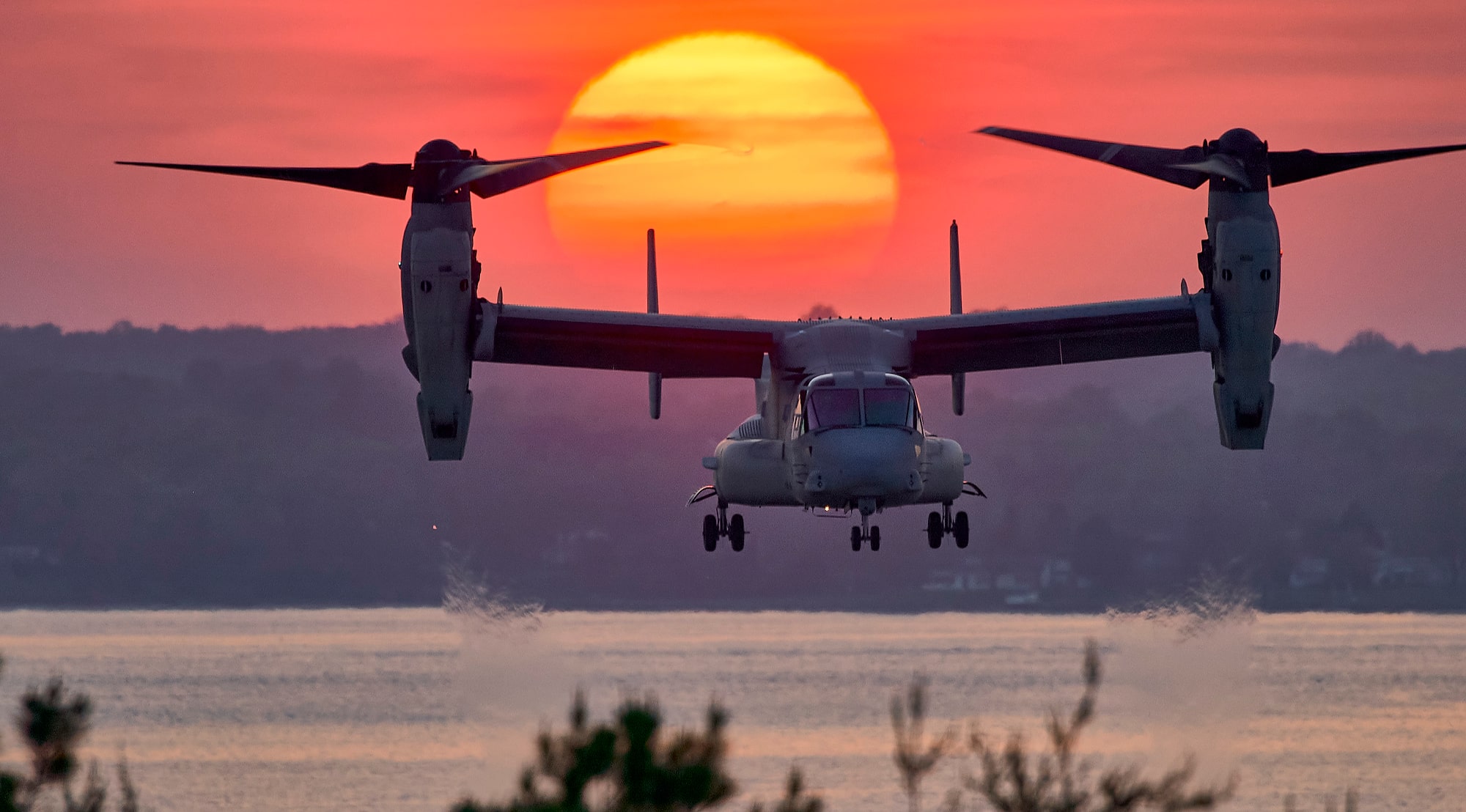
Blessedly, the new long glass is made from wonderfully light materials, super weather sealed (always a historical problem with older telephotos) and is sharp and quick to focus. Allows you to concentrate on framing and holding, and deciphering the scene in front of you, and what piece of it you will slice.
I get asked all the time on tips, techniques, and like anything it requires a lot of practice. But there are a few basic things that haven’t changed. Get as much of your body as you can (the center of gravity) under the lens. In my case, being left-eyed, I bring my left foot forward, almost like a boxing stance. My left elbow is tucked in close, in contact with my chest and stomach. It’s not out like a chicken wing. I burst the camera at a high frame rate. Long glass, especially from an unstable platform like a chopper, is the time to max out on the power drive.
And yes, I realize with long glass comes expense. But nowadays there are so many options it’s nothing like it was! We either had a fixed 300, 400, or 600. Now you have the 80-400, 70-200, teleconverters…a veritable smorgasbord of telephotos. And….there are no boundaries for long glass in the mirrorless world. If anything, for my Z 9, a lens like the 100-400 f4.5-5.6 is bonkers sharp, matching up perfectly with the eye detect AF.
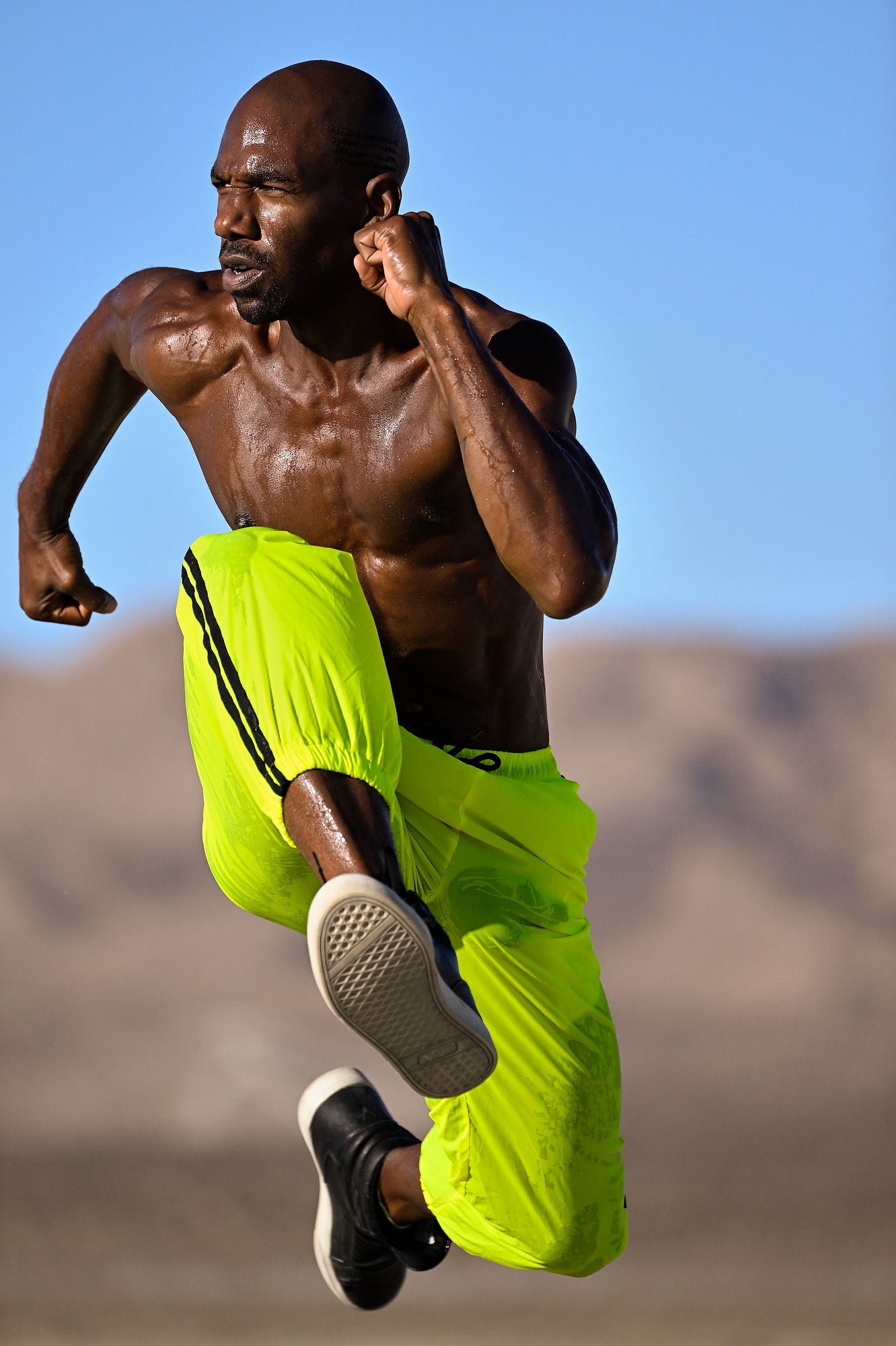
And of course, remember to bring the wide glass as well.  The below is a 19mm tilt shift.
The below is a 19mm tilt shift.
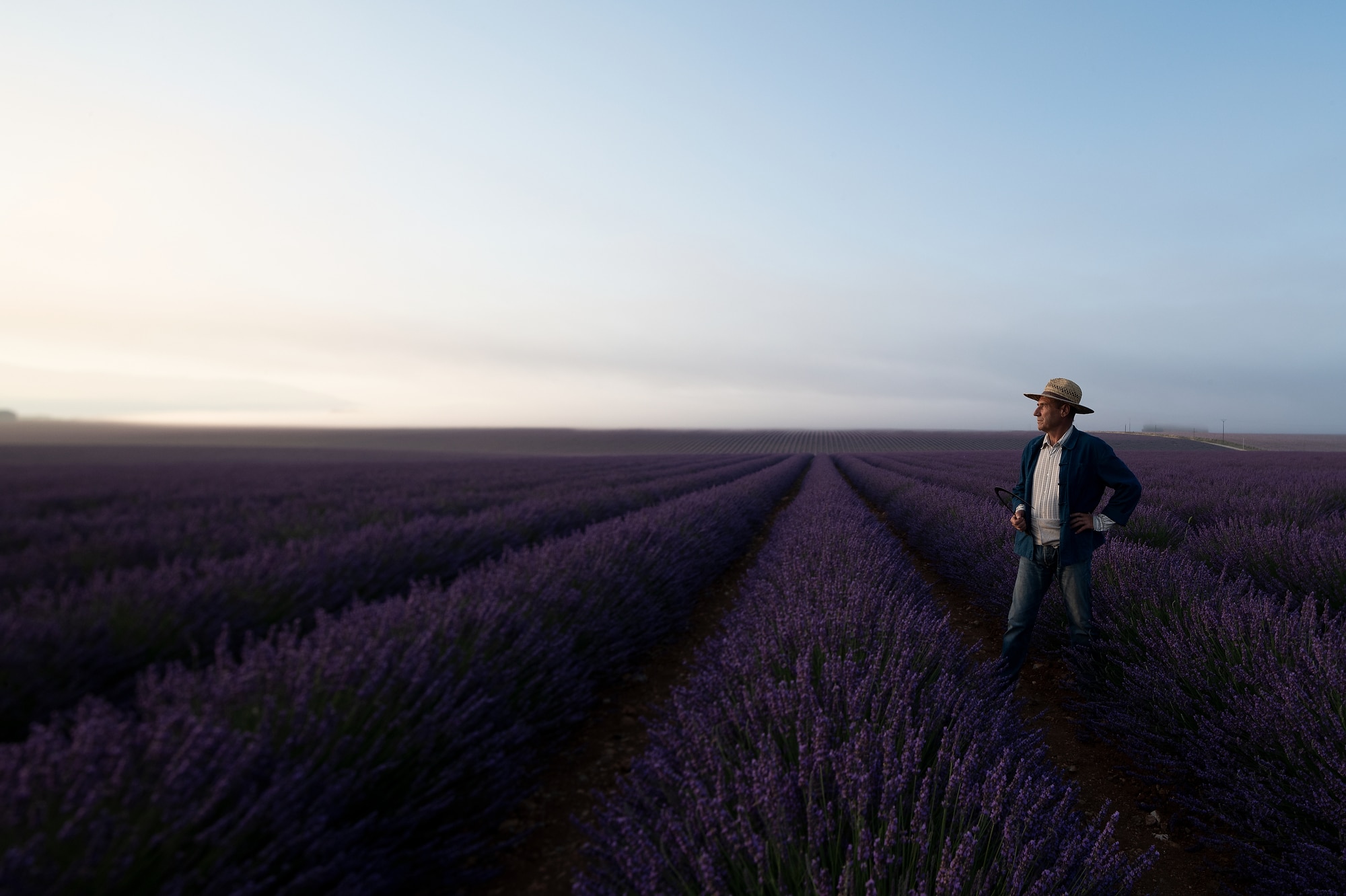
Fun to think back to a wonderful job in France and a beautiful day in the field…literally!
More tk…
The post The Language of Light and Long Lenses appeared first on Joe McNally Photography.






